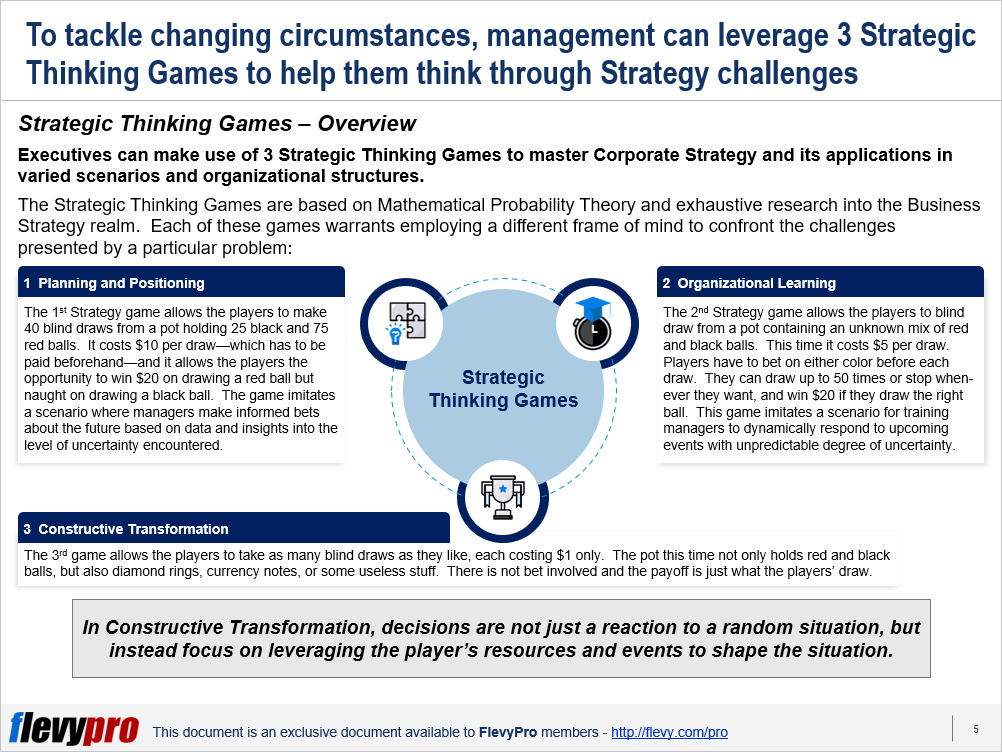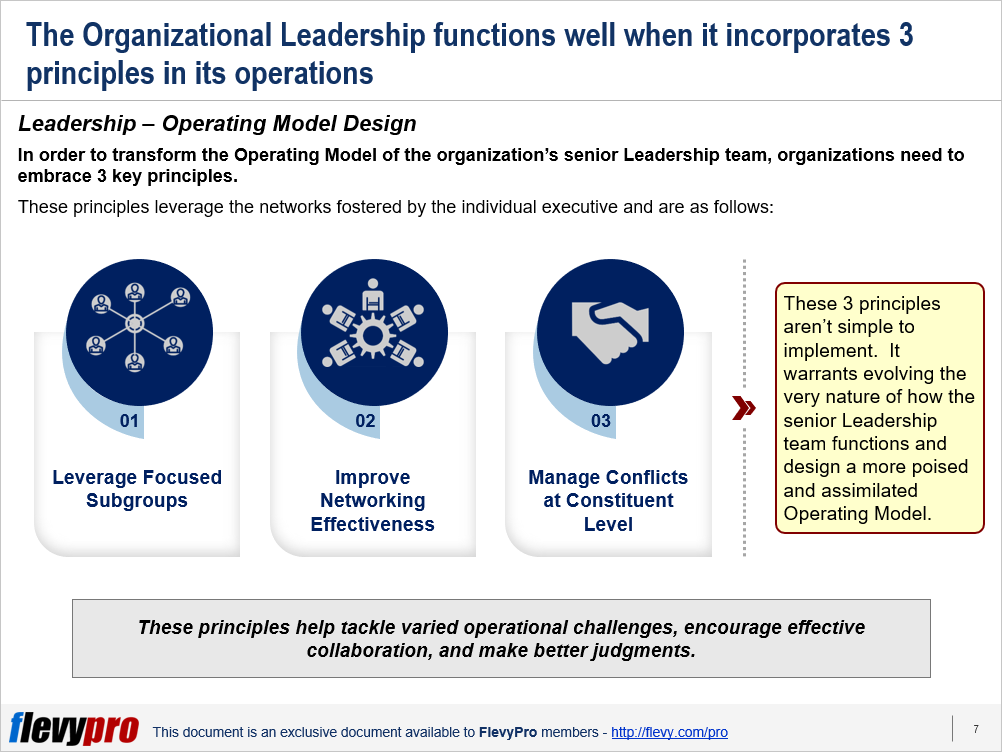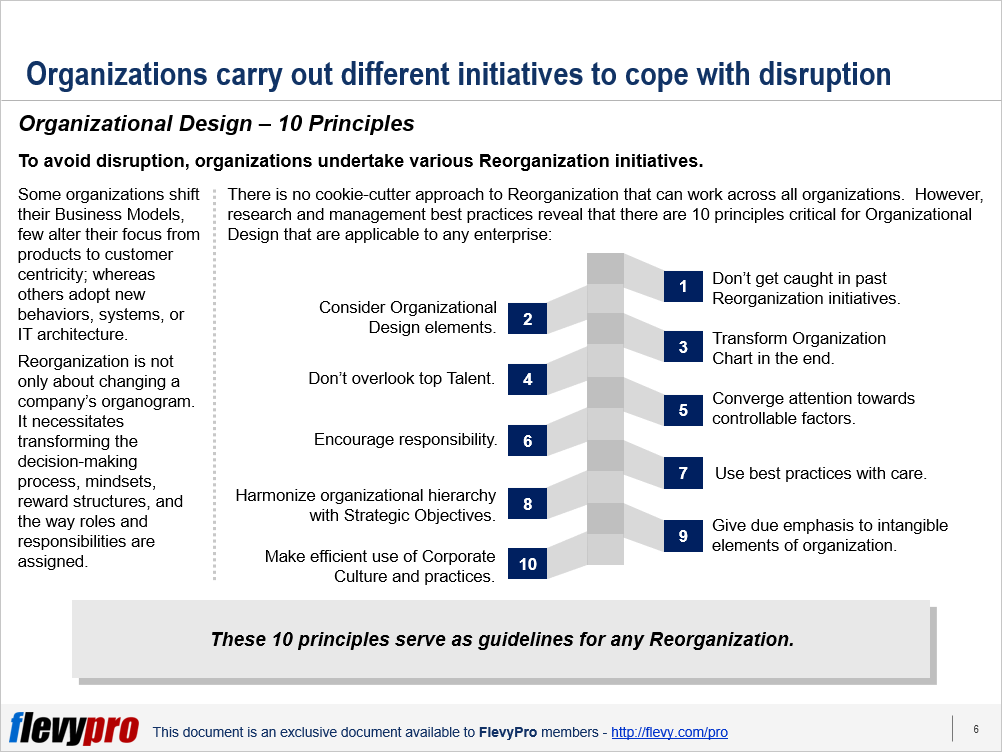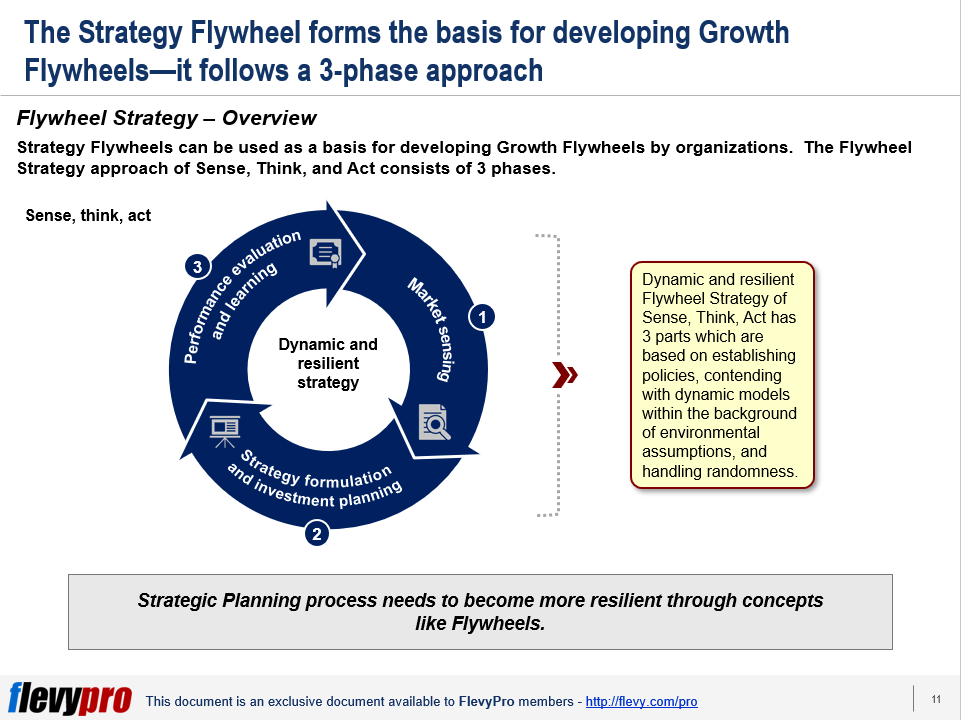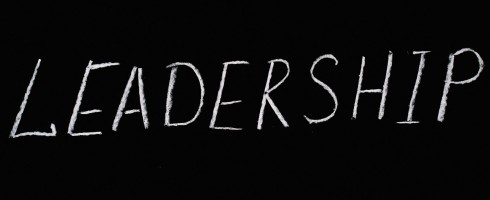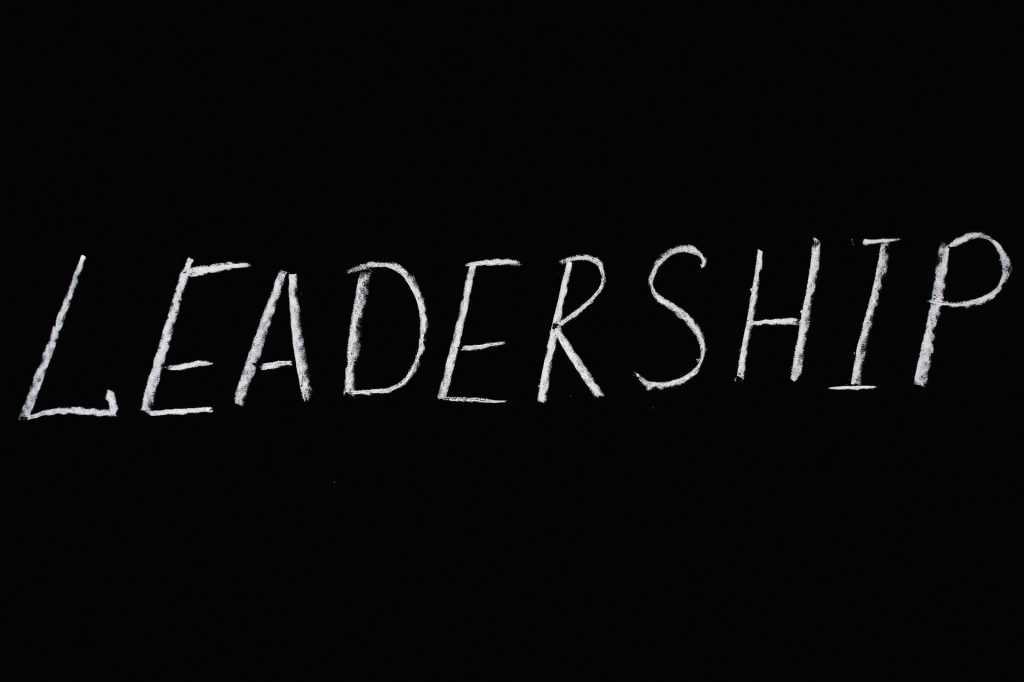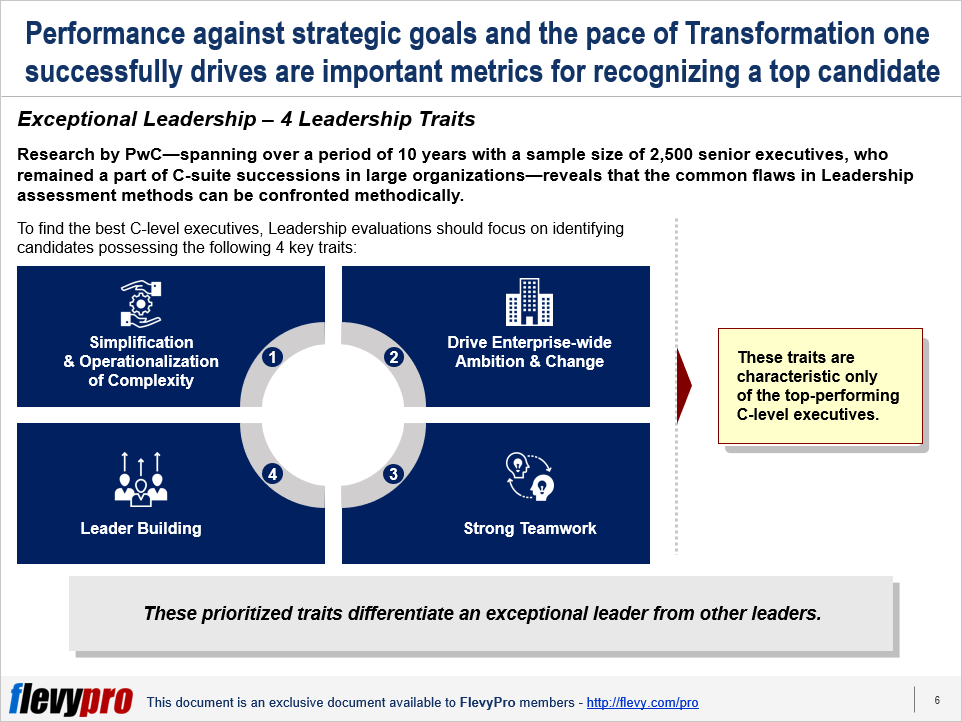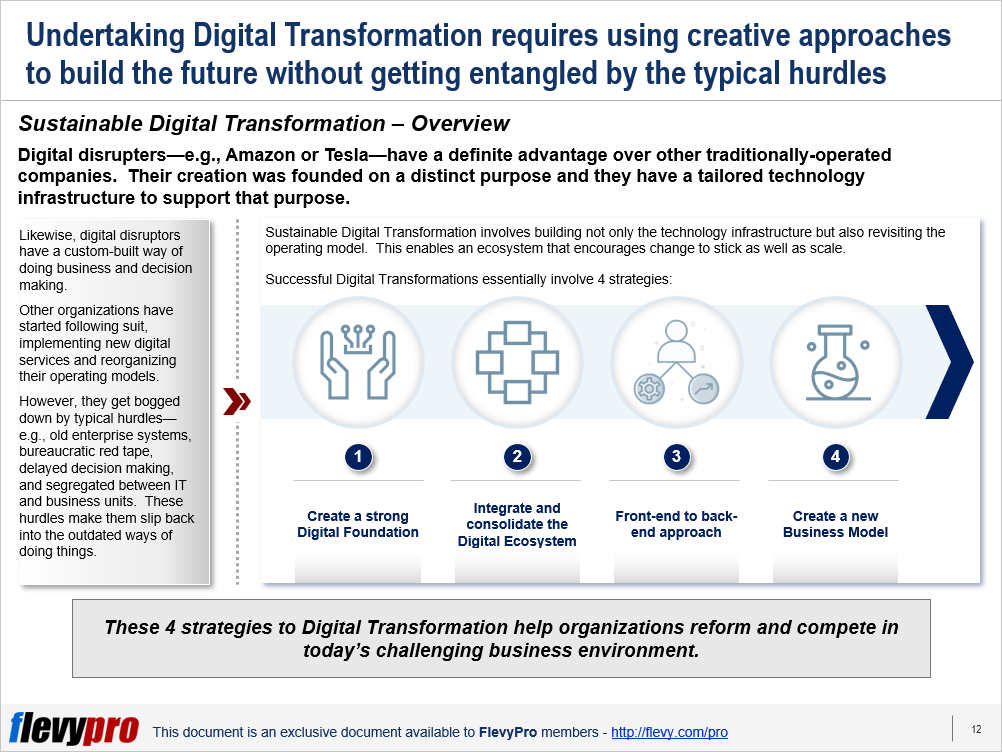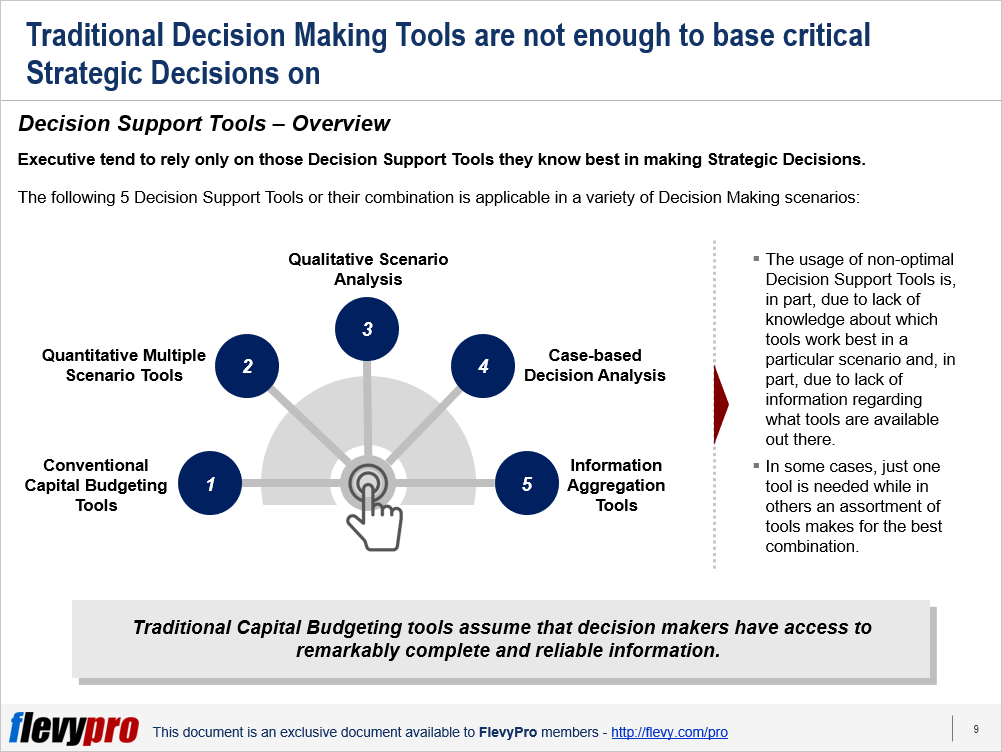3 Strategic Thinking Games for Decision Makers
10 Feb


Organizational leadership can draw on 3 Strategic Thinking Games to master Business Strategy and apply in varied scenarios and organizational structures. The Strategic Thinking Games provide Decision Making models for senior executives to choose from and use as per the situation.
The Strategic Thinking Games are based on mathematics and statistics, particularly Probability Theory, and exhaustive research into the Business Strategy realm. Probability Theory is actually a branch of mathematics that deals with analysis of random phenomena. The basic element of Probability Theory is an experiment that can be at least hypothetically repeated under identical conditions, but may lead to different outcomes on different trials.
Each of the Strategic Thinking Games warrants employing a different mindset and decision-making approach to confront the challenges presented by a particular problem. Executives can apply these Strategic Thinking Models to control their future:
- Planning as Positioning
- Organization Learning
- Constructive Transformation
Let’s discuss these Strategic Thinking Models in detail.
Planning as Positioning
The 1st Strategy game allows the players to make 40 blind draws from a pot holding 25 black and 75 red balls. It costs $10 per draw—which has to be paid beforehand—and it allows the players the opportunity to win $20 on drawing a red ball but naught on drawing a black ball. The game imitates a scenario where managers make informed bets about the future based on data and insights into the level of uncertainty encountered.
The Planning as Positioning Model enables the executives to learn about their industry and competition, gauge ambiguities and uncertainties, and select markets that have the potential to generate a positive Return on Investment (ROI).
A classic example of a company operating on the Planning & Positioning Model was the International Telephone and Telegraph Corporation (ITT). For 17 years, the company was led by Harold Geneen (from 1960 to 1977). Harold Geneen was unrestricted by any company mission. He expanded in multiple industries, acquired around 350 enterprises from varied industries, including auto parts, cosmetics, hospitality, insurance, and technology. As a formal accountant, Harold considered facts as indisputable, final, and a foundation for making strategic decisions. He would travel to far-flung regions to meet his business unit managers, who were free to make their own strategic decisions but were responsible for their unit’s performance and objectives’ achievement.
Organization Learning
The 2nd Strategy game allows the players to blind draw from a pot containing an unknown mix of red and black balls. This time it costs $5 per draw. Players have to bet on either color before each draw. They can draw up to 50 times, or stop whenever they want, and win $20 if they draw the right ball. This game imitates a scenario for training managers to dynamically respond to upcoming events with unpredictable degree of uncertainty.
Through the pot filled with balls experiment, it was revealed that when people are given complicated choices, they behave in manners conflicting with their beliefs. In his famous Ellsberg Paradox, Ellsberg hypothesized that people make illogical preferences in order to avoid ambiguity. The Organizational Learning Model underlines that in a world full of uncertainties instead of spending too much time predicting the future, planning and positioning, organizations should devise and implement an evolving strategy, take one step at a time, search for viable patterns, and then adjust the course based on results.
An example of successful implementation of the 2nd Strategic Thinking Model is Corning Inc. that embraced Organizational Learning to develop a healthy product pipeline. The company developed Pyrex, TV tubes…..
Interested in learning more about the 3 Strategic Thinking Games? You can download an editable PowerPoint on Strategic Thinking Games here on the Flevy documents marketplace.
Do You Find Value in This Framework?
You can download in-depth presentations on this and hundreds of similar business frameworks from the FlevyPro Library. FlevyPro is trusted and utilized by 1000s of management consultants and corporate executives. Here’s what some have to say:
“My FlevyPro subscription provides me with the most popular frameworks and decks in demand in today’s market. They not only augment my existing consulting and coaching offerings and delivery, but also keep me abreast of the latest trends, inspire new products and service offerings for my practice, and educate me in a fraction of the time and money of other solutions. I strongly recommend FlevyPro to any consultant serious about success.”
– Bill Branson, Founder at Strategic Business Architects
“As a niche strategic consulting firm, Flevy and FlevyPro frameworks and documents are an on-going reference to help us structure our findings and recommendations to our clients as well as improve their clarity, strength, and visual power. For us, it is an invaluable resource to increase our impact and value.”
– David Coloma, Consulting Area Manager at Cynertia Consulting
“FlevyPro has been a brilliant resource for me, as an independent growth consultant, to access a vast knowledge bank of presentations to support my work with clients. In terms of RoI, the value I received from the very first presentation I downloaded paid for my subscription many times over! The quality of the decks available allows me to punch way above my weight – it’s like having the resources of a Big 4 consultancy at your fingertips at a microscopic fraction of the overhead.”
– Roderick Cameron, Founding Partner at SGFE Ltd













